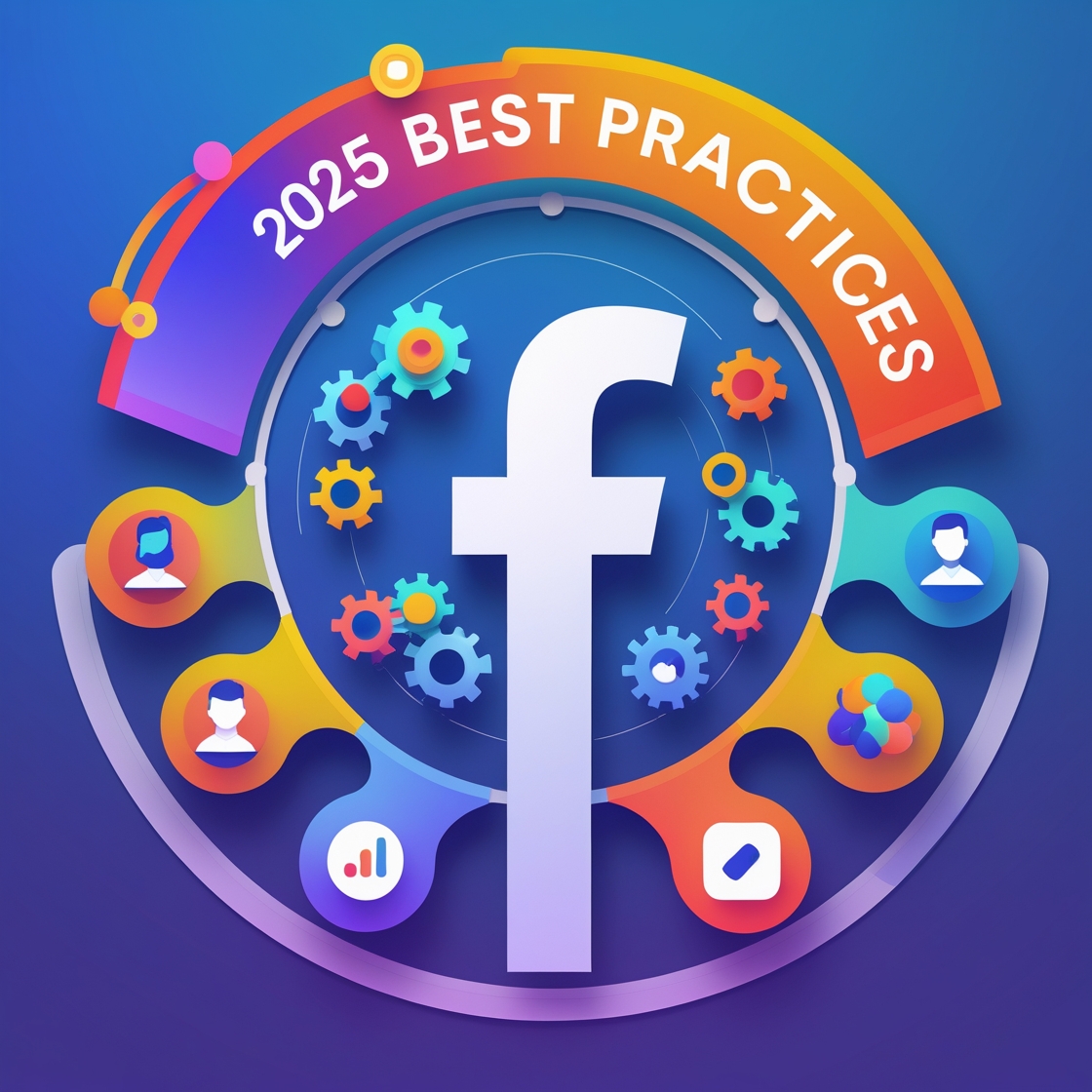In the ever-evolving landscape of digital marketing, Facebook Business Manager remains a vital tool for managing assets across Meta’s platforms, including Facebook and Instagram. Whether you're a solo entrepreneur, a digital agency, or a growing eCommerce brand, understanding how to use Business Manager effectively can save time, improve security, and maximize advertising results.
In 2025, with increased platform automation and tighter privacy regulations, it’s more important than ever to adopt best practices for managing your Meta assets.
1. Set Up a Clean and Secure Structure
A well-organized Business Manager starts with the right setup. Here’s what to do:
Use a dedicated work email address (not personal Gmail or Yahoo).
Enable two-factor authentication (2FA) for all team members.
Ensure each person has their own account access—avoid sharing logins.
Assign roles using the principle of least privilege (only give necessary access).
Pro Tip: For agencies, create a separate Business Manager per client, and request access to their assets—never add them directly to yours.
2. Organize Assets Smartly
To prevent confusion or mismanagement:
Group Pages, Ad Accounts, Pixels, and Catalogs logically.
Name each asset clearly (e.g., Main Store Page – USA, Summer Campaign Pixel 2025).
Use Business Settings > “Accounts” to monitor which assets are active and who has access.
This improves visibility and reduces human error—especially important for teams or freelancers managing multiple clients.
3. Set Up and Manage Pixels Correctly
Pixels remain critical for tracking website activity and retargeting.
Use one pixel per site or store (unless you need separate data sets).
Install via Google Tag Manager or Shopify integration to avoid coding mistakes.
Test with the Meta Pixel Helper extension to verify it’s firing correctly.
Set up Custom Conversions aligned with your funnel (e.g., Add to Cart, Purchase, Lead).
Best Practice: If you're using iOS-targeted ads, enable Aggregated Event Measurement (AEM) to stay compliant with tracking limits.
4. Create Clear Campaign Naming Conventions
Organized naming helps you and your team track performance over time.
Use a structure like:
css
CopyEdit
[Objective]_[Product/Service]_[Audience]_[Platform]_[Date]e.g., Conversions_Tshirts_InterestIG_2025Q2
This helps with reporting, especially when using Excel, Data Studio, or Meta’s Ad Reporting tool.
5. Use Custom and Lookalike Audiences Strategically
Business Manager allows you to build high-quality audiences:
Custom Audiences: Based on email lists, site visitors, or engagement.
Lookalikes: Based on your best customers—great for scaling.
Use exclusions to avoid audience overlap (e.g., exclude past purchasers).
Test different percentages for lookalikes (1%, 2%, 5%) to find the sweet spot between volume and quality.
6. Monitor Ad Performance with Automated Rules
Manual optimization is inefficient. Use Facebook Automated Rules to:
Pause ads with low ROAS
Increase budget on high-performing campaigns
Get alerts when CTR drops below a set threshold
This keeps your campaigns lean and responsive, even if you’re not online 24/7.
7. Integrate with Business Tools and CRMs
For full-funnel optimization, connect Business Manager to:
Shopify, WooCommerce, or your eCommerce backend
Email platforms like Mailchimp, Klaviyo, or HubSpot
CRM systems via Zapier or native Meta integrations
This allows you to sync customer data for better retargeting and conversion tracking.
8. Maintain Regular Audits
Once a month (or at least quarterly), perform a Business Manager Audit:
Remove inactive users and outdated roles
Clean up unused ad accounts or pixels
Review active campaigns and update creatives
Verify that domain verification and pixel setup are still intact
9. Stay Compliant With Meta’s Policies
Meta regularly updates its ad and data usage policies. Avoid account bans by:
Reviewing the Meta Ad Library to see what competitors are running
Avoiding prohibited content (e.g., before/after images, financial guarantees)
Staying updated via Meta’s Business Help Center
Final Thoughts
In 2025, managing a Facebook Business Manager account effectively is not just about running ads—it’s about building a secure, scalable, and data-driven marketing infrastructure. By following these best practices, businesses and agencies can reduce risk, improve results, and gain better control over their Meta marketing ecosystem.

